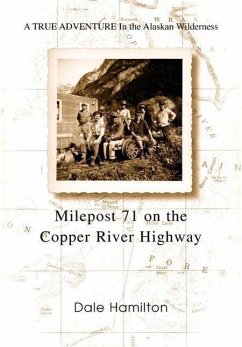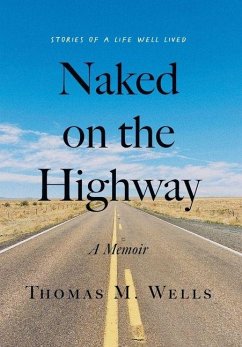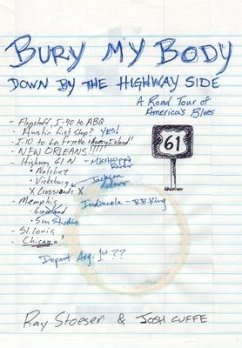
Milepost 71 on the Copper River Highway
A TRUE ADVENTURE In the Alaskan Wilderness
Versandkostenfrei!
Versandfertig in über 4 Wochen
17,99 €
inkl. MwSt.
Weitere Ausgaben:

PAYBACK Punkte
9 °P sammeln!
At the turn of the century, little was known of the Alaskan interior. Even though miners had prospected and staked claims throughout the vast interior region, there was little or no production from those claims because no affordable transportation system was available to service them when and if they did start producing ore in paying quantities. In 1905, Congress authorized the U.S. Army to explore and develop transportation routes from coastal cities to the interior. One such undertaking completed in 1908, resulted in a wagon trail from Valdez to Fairbanks. That route is now known as the Rich...
At the turn of the century, little was known of the Alaskan interior. Even though miners had prospected and staked claims throughout the vast interior region, there was little or no production from those claims because no affordable transportation system was available to service them when and if they did start producing ore in paying quantities. In 1905, Congress authorized the U.S. Army to explore and develop transportation routes from coastal cities to the interior. One such undertaking completed in 1908, resulted in a wagon trail from Valdez to Fairbanks. That route is now known as the Richardson Highway. While the U.S. Army was busy searching for other viable inland routes, a railroad builder, Michael J. Heney, was exploring the possibility of building a railroad up the Copper River Valley from Cordova to the mines at Chitina. As a result of his entrepreneurship, the Copper River & Northwestern Railway came to be. The railway operated from 1911 to 1938. Following the shut down, the community of Cordova, acting in concert with the Federal Government, made several attempts to convert the railbed to a highway. In his own words, taken from his daily journal, the author describes a short period in history of one such attempt. Milepost 71 permits the reader to share with the author, that summer's experience, on a day-to-day basis, 50 years ago.












